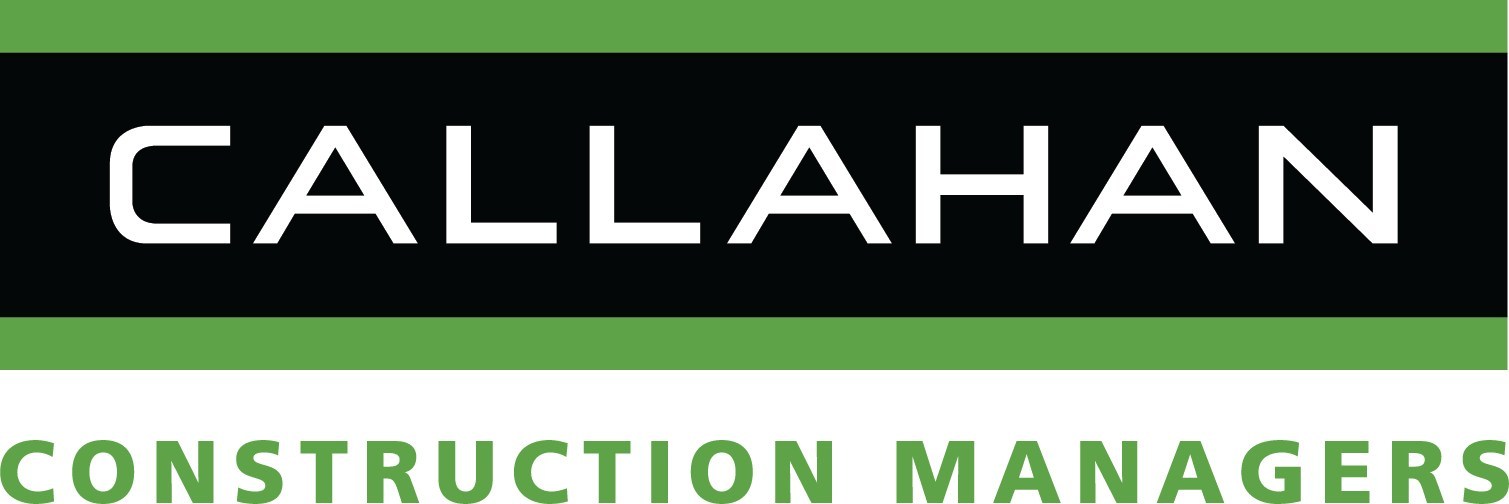Supply Chain Disruptions Are Here To Stay. Communication, Transparency And Unique Procurement Strategies Are the Keys To Moving Forward

While some asset classes experienced downturns during the pandemic and are still struggling to recover, multifamily has emerged stronger than ever. Multifamily properties in the U.S. reported record-setting numbers in 2021 and that trend is expected to continue in 2022, with demand for multifamily units outpacing supply.
This represents a great opportunity for multifamily developers, but also a host of challenges. The construction industry is experiencing unprecedented supply chain disruptions, as well as a labor shortage. So while the demand for more multifamily properties may be there, constructing them will require a different approach than what many developers were used to in the past.
“The supply chain crisis is not going away anytime soon,” said David Morrow, vice president of New York operations for Callahan Construction Managers. “We all watch the news, we see what's going on in China and how they're closing down ports again, along with the national labor shortage, and we know we need to brace for the next round of shortages for supplies.”
Callahan is a full-service construction management firm that has been in business for more than 65 years. The company builds multifamily residential properties, life sciences facilities, senior housing, hospitality, corporate interiors, retail and educational buildings and more. Morrow and his team have continued delivering projects throughout the supply chain disruption, which he credits to Callahan’s creative procurement strategies and strong relationships with its clients and vendors that are built around communication and transparency.
“Our mentality has always been focused on partnership,” said Phil Dinan, who serves as Callahan’s director of business operations. “Now more than ever it’s important for clients to be working with developers who have strong, loyal partnerships with suppliers and subcontractors to get the job done.”
Dinan said that gone are the days when developers would get multiple bids from vendors before a project started and then wait to see if those numbers went down. In this market, developers need to move quickly to get the materials they need to move forward.
Callahan, he said, has long preached to its clients the importance of a strong pre-construction strategy and involving all stakeholders as early on as possible in the process. The firm practices what it calls “enhanced pre-construction with on-staff engineers, architects, estimators, mechanical, engineering and plumbing contractors and other team members all looped into a project from the very beginning.
“When you put all those people in a room together and they're able to talk and discuss and go over lessons learned on other projects, they can find solutions before they even become problems,” Dinan said.
One of those problems that the Callahan team works to solve is any potential materials shortages. Morrow said that when it comes to supplies today, it’s all about being proactive. For example, Callahan is purchasing steel and other long lead items before the team has even completed final GMP contracts with a client just to lock the price down so they can have the materials they need and can control costs as much as they can.
Dinan added that Callahan’s longstanding history and strong, loyal relationships with its subcontractors serve the firm well in an environment where developers can no longer keep project details close to the vest as they shop around for vendors. Instead, they need to embrace transparency, bring as many vendors into the planning process as early as possible and work together to accomplish their goals.
Morrow said that the company is also very transparent with its clients about costs and what they can expect to experience along the way. Their job is to minimize surprises, he added.
“Transparency is how we build trust with our clients,” Morrow said. “We get involved with the owner and his design team early and try to identify the most cost-effective ways to build the structure while achieving the desired design, feel and experience for the users.”
Some of the ways the team achieves this, he said, are by exploring alternative supplies and alternative design methods and then coming up with a unique procurement strategy for each product that ensures they will have everything they need to succeed.
Dinan said that for Callahan, it is all about avoiding chaos and creating a smooth, streamlined experience for clients so they can have a clear vision of what the end product will look like from the very beginning.
“Construction has always been hard work,” Morrow said. “But when you treat people right and develop long-term relationships built on trust and communication, less mistakes are made and the outcome is better for everybody.”
This article was produced in collaboration between Studio B and Callahan Construction Managers. Bisnow news staff was not involved in the production of this content.
Studio B is Bisnow’s in-house content and design studio. To learn more about how Studio B can help your team, reach out to studio@bisnow.com.

